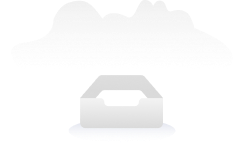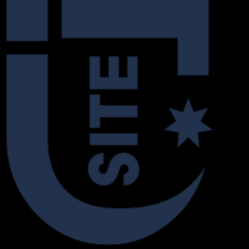Bachelor of Networking and Internet of Things
Priority 2 (Medium)
Places nearly full (not over-allocated)|Visa Approval Time: 4-8 weeks queuing for processing
Data updated: 2025-11-13
2026
- Total Tuition Fee92,550 AUD
- Fee Per Academic Year30,850 AUD
- Course Duration3.0 Year (156 weeks)
- Last Updated07-11-2025
Overview
Introduction
The Bachelor of Networking and IoT course is a three-year professional ICT technology course whose graduates will have professional knowledge and understanding of subject matters in networks and IoT engineering. Demand for ICT graduates and engineers in electronics, computer engineering, communication networks and IoT is increasing as more industry sectors are embracing networking and IoT systems.The Bachelor of Networking and IoT course will be used as an entry qualification where students can enter this course and successfully complete the qualification after three years of full-time study. This qualification can also be used as the early exit point for the BEng(Hons) course. Graduates of this course can work in various positions of the ICT industry. Graduates of this course may also work as an engineering technologist. The Bachelor of Networking will be a nested course within the BEng(Hons) qualification. This course will develop the necessary background for graduates to work in communication networks and emerging IoT sectors as a technologist.
Key Dates
2026
School Application Steps
Follow the process below, prepare materials in order, and track the progress of each stage.
- 1
Prepare Materials (School Application)
- Organize academic and language materials based on the list of target courses and schools.
- If the requirements are not yet met, you can apply for a language pathway program/packaged course (ELICOS/internal test) first.
- Name the electronic versions of documents uniformly (in English) for easy reuse in subsequent visa applications.
Documents for Adult Applicants
- 2
Briefing on School-Arranged Interview (if applicable)
- Submit application materials, including transcripts, passport, and English proficiency proof, to the State Department of Education.
- School review: The Department of Education recommends schools based on the student's situation, and the school arranges an interview after its review.
- Interview notification: An email will specify the interview time, method (usually Zoom or Teams), and preparation details.
- Interview content: A conversation in English including self-introduction, interests, academic situation, future plans, and a comprehensive assessment of learning habits, adaptability, reasons for coming to Australia, etc. The duration is approximately 15-30 minutes.
- 3
Submit School Application
- Submit the application through the school's official website or an agent's portal and pay the application fee (if any).
- Submit supplementary documents as required and track the admission progress (Conditional/Unconditional Offer).
- After meeting the conditions, pay the tuition deposit and complete the acceptance procedure (Accept Offer).
- 4
Obtain CoE and Arrange OSHC
- The school issues the CoE (Confirmation of Enrolment).
- Purchase/confirm OSHC to cover the entire visa period (including dependents, if any).
- 5
Visa Document Preparation (Subclass 500)
- Organize documents for finances, GTE, English proficiency, and medical examination, ensuring consistency with the chosen course.
- Check the letterheads, dates, translation formats, and certification requirements of visa documents.
Language Requirements
IELTS Score
PTE Score
2026 year(s)
Listening
5.5
Speaking
6.0
Reading
6.0
Writing
6.0
Overall
6.0
School Level
The school's visa assessment level determines the risk level for students applying for a visa and is a significant reference.
For example, if a school's visa assessment level is 2, the applicant will face more restrictions and be required to provide more written evidence, such as proof of language proficiency and financial capacity.

Course Campuses
- NSW
Similar Course
VIC
WA
SA
NSW
QLD
ACT
NT

No data available~





